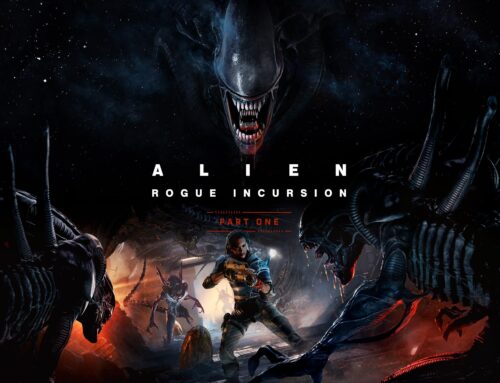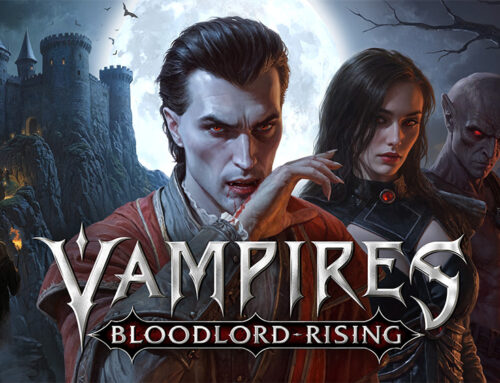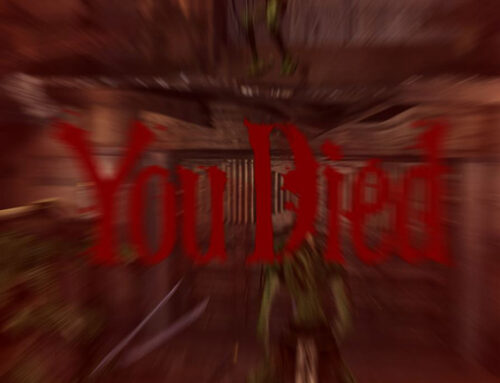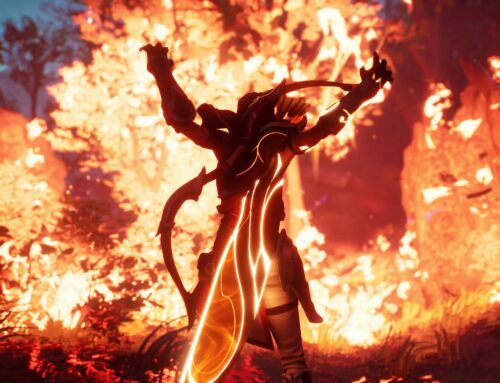Previously in this series we have talked about the game “Yume Nikki,” the sequels made by its fans, and other games which draw influence from it. Today, we’re going to take a look at the newest element of the “Yume Nikki” phenomenon, products that are actually for sale instead of just being free on the internet. This is a more significant change than it may at first appear. “Yume Nikki” was itself completely free, and all of the fan sequels and the games that followed them originally kept to that spirit. It wasn’t about making something that would earn a profit, it was about creating something unique and sharing it.
The first and most obvious product to seize on “Yume Nikki” and turn it into something commercial was “Corpse Party,” a game which I have discussed before. Granted, the original release of “Corpse Party” predated “Yume Nikki” by about eight years. However, it wasn’t until all those years later, until after “Yume Nikki” was released and became a runaway cult hit that the “Corpse Party” franchise really took off. Until 2008 (four years after the first Yume Nikki release, and one year after the final release), “Corpse Party” was just a single, long forgotten game. Then, in 2008, “Corpse Party: Bloodcovered” was released. This was a remake of the original game with added content and updated graphics. These updated graphics, though, weren’t to make the game look modern. Instead, the graphics were updated to a 16-bit, Super Nintendo look like that of “Yume Nikki.” It was this updated version that made “Corpse Party” a cult hit in its own right (though that cult is largely limited to Japan), spawning additional remakes, spin-offs, sequels, anime adaptations, and even two live-action films.
Then there’s the strange case of “Mad Father.” Like with “Corpse Party,” the initial version of “Mad Father” isn’t quite the same product as the later version. Unlike “Corpse Party” though, “Mad Father” did not start out as a commercial product. Instead, it began life as one of those RPG Maker horror games like we talked about last week. In fact, its original status as a free game is where I first became acquainted with this game. Of all the fan games, “Mad Father” was probably the one which had the most potential to be a commercially viable game, since it has a nice mix of creepy atmosphere and pretty solid adventure style gameplay with some decent action sequences. The free version of the game is still readily accessible, so “Mad Father” straddles the line between the previous generation of free games inspired by “Yume Nikki” and this dawning generation of commercial games which draw from it.
The most interesting aspect to me, though, is the officially licensed “Yume Nikki” merchandise (which sadly is not available outside of Japan). There are cellphone straps, a comic series, and even a light novel (which is a Japanese thing somewhat but not quite equivalent to the young adult novel). While the concept of reading a book based on something as completely abstract as “Yume Nikki” is intriguing, that’s not the really interesting thing to me. You may recall that the developer of the original game, KIKIYAMA, is somewhat of a recluse and that essentially nothing is actually known about him. The people behing Project Yume Nikki (makers of the official merchandise) have apparently been able to get a hold of KIKIYAMA. They’ve even gone so far as to say that their interpretation of the game does not exactly match up with his (or even with each other’s, which is why the comic and novel have slightly different stories). This means that at least one person out there knows the identity of the mysterious developer and is keeping the secret.
I’m not entirely sure what to make of this new development. On the one hand, I feel like making these games into an actual commercial product kind of ruins the point. It breaks with the original spirit of creating something just to share it, and it could in the future pose a serious risk to the creative freedoms of these games. After all, the suggestions of sexual violence of “Yume Nikki” or the grotesque violence of “Mermaid Swamp” may not be things that would be commercially viable, and I would hate to have a game lose out on something as powerful as either of those because the publisher thinks that it might not sell as well. On the other hand, every game that I have talked about over the course of this column series has been one that I absolutely loved, and I would love for the makers of those games to be able to make a living creating truly unique games like those. It’s a complicated subject matter. Let’s just hope that, going forward, the scene that “Yume Nikki” created will continue to blossom and create games as horrible and brilliant as it already has.









